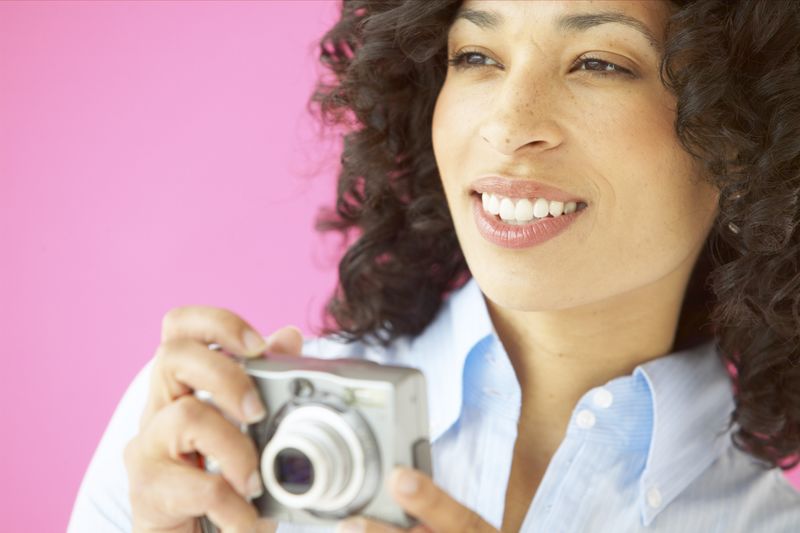
|
|
Improving your digital photos in 3 easy steps

It doesn't matter what kind of camera you buy when you are taking digital photographs the pictures always seem to need some kind of touch up, what kind of touch up the pictures will need will depend on what you want to do with the pictures and what kind of camera and lens that you have. Although digital photograph quality is getting better and better as time goes on, you can still use certain enhancements to improve upon what you think is the perfect picture. The great thing about digital photographs is that you no longer have to wait until you have the film developed to see what the general picture is going to look like, but what you see on the LCD screen is small compared to a printed picture so you can easily miss the flaws that need to be corrected before downloading the pictures.
When it comes to enhance digital photographs there are three simple steps that you should take to improve the image dynamics and vibrancy of the photo. While these steps can be done either before or after you enlarge the photograph there is one thing that should not be done until you have enlarged the photograph to the size that you desire. After you have resized your photograph to the perfect size you can then sharpen the photograph, you shouldn't do this before you reach the target print size because sharpening the photograph is the same thing as re-sampling the pixels which will degrade the original image quality if it is done before you re-size the photograph.
Here are the three simple steps you should follow to improve your digital photographs. Just a word of caution you should follow these steps in order for the best results.
|
|
Step one:
The first thing that you are going to want to do is to adjust the digital photo's tonal levels first. What this does is balance the image's darkness to lightness, which will help brighten the photograph considerable. Many times with digital photos you will have the problem of slight darkness cast in brighter shooting conditions. The levels adjustment window will display a dark end adjuster, a light end adjuster and a mid-tone adjuster. Any elements lacking in the photo will appear as a flat line on this cart. If you have flat line conditions you will want to start adjusting from the dark end first and then bring in the light end until the photograph looks good. The mid-tone adjuster should be used for the final adjusting, that is once you get the image to look how you want it too.
Step two:
Now that you have adjusted the tonal levels you are going to want to adjust the photographs contrast in the brightness/contrast adjustment window. But keep in mind you don't want to make huge adjustments here because you can cause the brighter areas of your pictures to be over bright or flash and cause colors to become distorted and if you are considering enlarging your pictures over contrasting can cause your pictures to look grainy. With today's cameras a contrast boost of about +5 to +9 is what you will need to optimize the image. After you have gotten the contrast adjusted you are going to want to see how a brightness boost will look. A good rule of thumb is to increase the brightness by about one half the amount of the contrast boost. For example if you increased the contrast to +6, you should increase the brightness by +3.
Step three:
The last adjustment you should make is to increase the color saturation of the digital photograph, most digital photos can actually benefit from this adjustment. A good idea for a color saturation boost would be to increase the color saturation to a +5 to a +10, which will enhance the vibrancy of the photo just enough to really enhance the colors of the photo when you print the picture. If you prefer to have a softer look you should either leave the adjustment alone or decrease the saturation.
Keep in mind that for the best results you should make sure that you have your monitors calibrated and profiled with color management policies in effect in your image editing software because what you see on the screen may print differently than what the screen is displaying.
Privacy Policy, Terms of Use